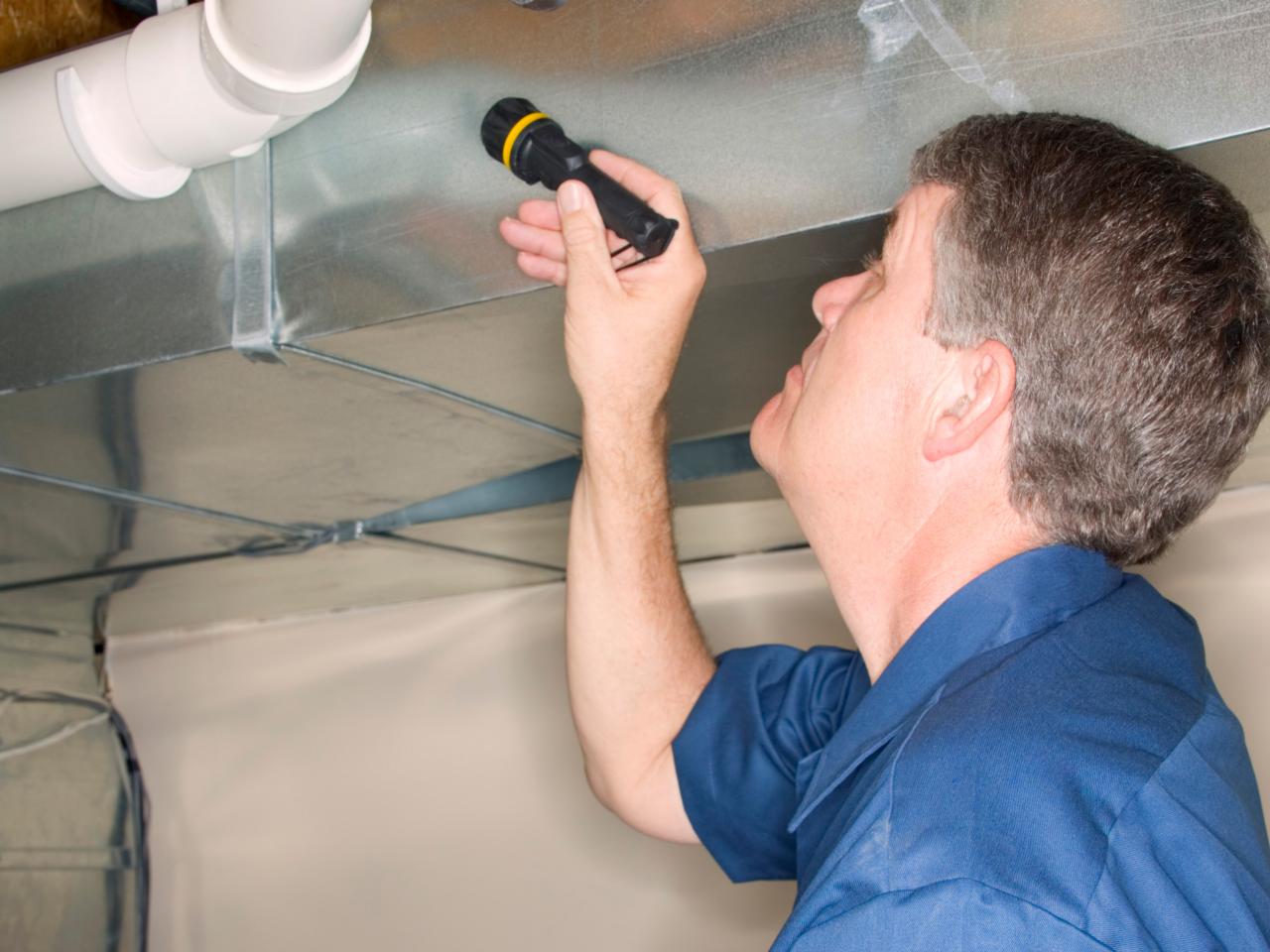Your Ultimate Guide to Post Mold And Mildew Removal Methods
In the aftermath of mold infestation, understanding exactly how to successfully eliminate the mold and mildew and prevent its reoccurrence is vital for maintaining a healthy interior setting. From selecting the ideal cleaning and disinfecting techniques to carrying out approaches for long-lasting mold and mildew prevention, each step in the remediation journey plays a crucial duty in guaranteeing a successful outcome.
Comprehending Post-Mold Remediation Process
After finishing the mold removal procedure, it is important to understand the post-mold remediation strategies that are essential to make sure a efficient and thorough clean-up. Once the mold has actually been eliminated, the next action includes cleaning and disinfecting the influenced areas to avoid any regrowth of mold.
Additionally, performing a last inspection post-remediation is important to make certain that all mold and mildew has been effectively eliminated. If the assessment reveals any kind of remaining mold and mildew, extra remediation may be necessary.
Effective Cleaning Up and Disinfecting Approaches

Stopping Future Mold Development

Significance of Correct Air Flow
Proper ventilation plays an essential role in stopping moisture buildup, an essential aspect in mold growth within interior atmospheres. Effective ventilation systems help eliminate excess humidity from the air, decreasing the opportunities of mold spores discovering the moisture they require to germinate and spread out. Without appropriate ventilation, interior spaces can end up being a breeding ground for mold, leading to possible wellness risks and architectural damages.
By making sure proper air blood circulation, ventilation systems can likewise assist in drying out damp locations extra promptly after water damages or flooding occurrences, further hindering mold and mildew growth. After mold remediation. In rooms like restrooms, kitchen areas, cellars, and attic rooms where wetness levels often tend to be greater, mounting and keeping efficient air flow systems is vital in avoiding mold infestations

Monitoring and Maintenance Tips
Provided the crucial role that correct ventilation plays in preventing mold and mildew growth, it is important to develop effective surveillance and maintenance tips to make certain the continued capability of ventilation systems. Routine examinations of ventilation systems should be conducted to look for any indications of obstructions, leaks, or malfunctions that can hamper appropriate air movement. Monitoring moisture levels within the building is additionally essential, click here to read as high humidity can contribute to mold growth. Installing a hygrometer can help track humidity levels and alert home owners to any kind of spikes that might call for focus. Additionally, making sure that air filters are on a regular basis cleansed or changed is necessary for maintaining the performance of the air flow system. Applying a schedule for regular upkeep jobs, such as duct cleaning and heating and cooling system examinations, can aid prevent issues prior to they escalate. By remaining aggressive and conscientious to the condition of ventilation systems, property owners can efficiently mitigate the danger of mold and mildew regrowth and keep a healthy and balanced interior atmosphere.
Conclusion
In conclusion, post-mold remediation methods are necessary for ensuring a clean and safe setting. Recognizing the process, executing effective cleansing and sanitizing techniques, avoiding future mold and mildew development, maintaining proper ventilation, and normal surveillance are all critical actions in the remediation procedure. By following these guidelines, you can efficiently remove mold and stop its return, functioning or promoting a healthy and balanced living area for all owners.
In the results of mold and mildew invasion, understanding how to efficiently get rid of the mold and stop its reoccurrence is paramount for maintaining a healthy and balanced interior environment. As soon as the mold has been removed, the following action entails cleansing and disinfecting the affected areas to prevent any kind of regrowth of mold and mildew - testing top article air quality after mold remediation. After eliminating noticeable mold and mildew development, it is vital to cleanse all surface areas in the affected area to eliminate any kind of continuing to be mold and mildew spores. To even more enhance mold prevention procedures, it is essential next to deal with underlying issues that at first led to mold and mildew development.Offered the critical role that correct air flow plays in preventing mold and mildew growth, it is imperative to establish effective monitoring and maintenance tips to guarantee the continued performance of ventilation systems
Comments on “Crafting an In-depth Post Mold Remediation Report”